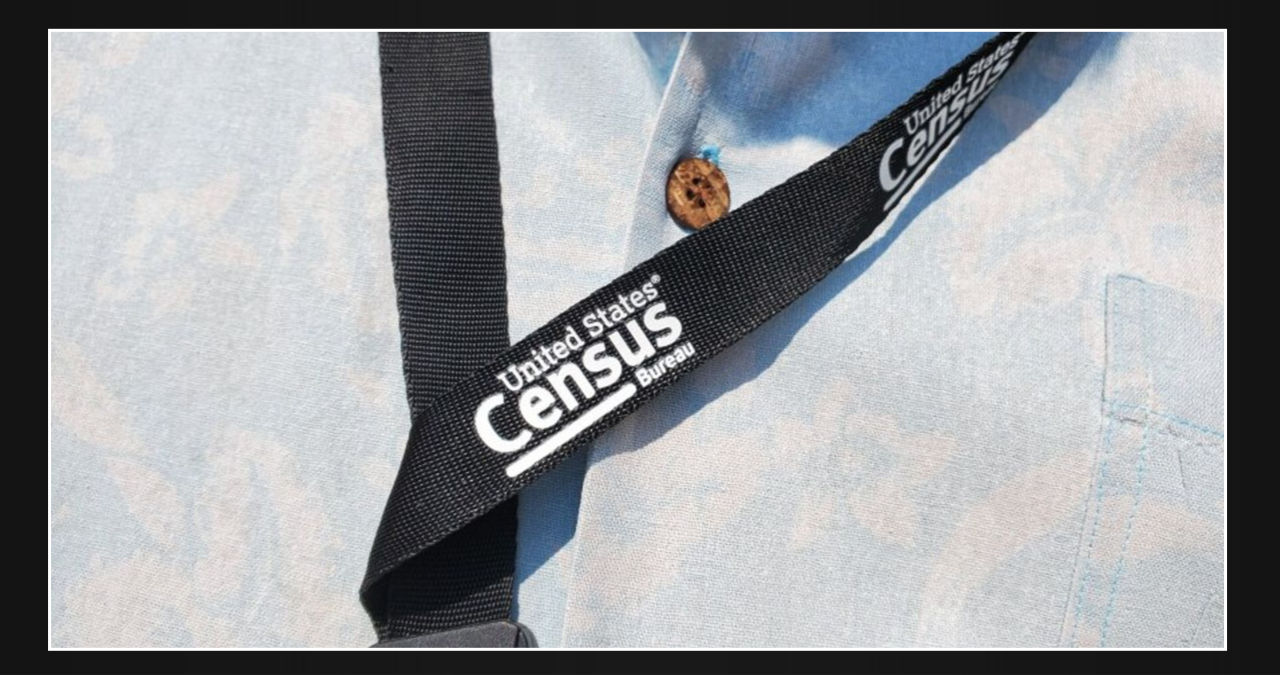Six locations in the West and South, including tribal lands in Arizona, have been selected to conduct trial runs for the upcoming 2030 U.S. census.
In spring 2026, the test runs will be conducted in Texas, Colorado, North and South Carolina, and Alabama, and residents of these states will be invited to take part in them.
The agency anticipates that the practice counts will assist in accurately measuring populations that were previously undercounted in the 2020 census.
According to officials from the Census Bureau, the agency is conducting practice counts to enhance its understanding of how to accurately count populations that were undercounted in the 2020 census. The aim is to improve methods for the 2030 census while testing messaging and evaluating its ability to process data in real-time during data collection.
According to Tasha Boone, the assistant director of decennial census programs at the Census Bureau, the selection of sites was driven by the bureau’s emphasis on populations that are historically undercounted and difficult to reach.
The Census Bureau will also be distributing practice census questionnaires nationwide to gauge the self-response rates in various regions of the country.
Six different testing locations were carefully selected based on a range of factors. These factors included the inclusion of rural areas where some individuals do not receive mail or have limited internet access, tribal areas, dormitories, care facilities, and military barracks. Additionally, fast-growing locations with new construction were included, as well as areas with varying unemployment rates.
In preparation for the 2020 census, a head count test was conducted in Providence, Rhode Island in 2018, which was the only complete test of its kind. Unfortunately, other tests were canceled due to insufficient funding from Congress.
According to the 2020 census results, there was a net undercount of 3.3% for the Black population, while Hispanics and American Indians and Native Alaskans living on reservations experienced a higher undercount of almost 5% and 5.6%, respectively. Interestingly, the non-Hispanic white population had a net overcount of 1.6%, and Asians had a net overcount of 2.6%.
Every ten years, the census is conducted to determine the number of congressional seats and Electoral College votes that each state will receive. Additionally, it plays a significant role in the allocation of $2.8 trillion in federal spending every year.



